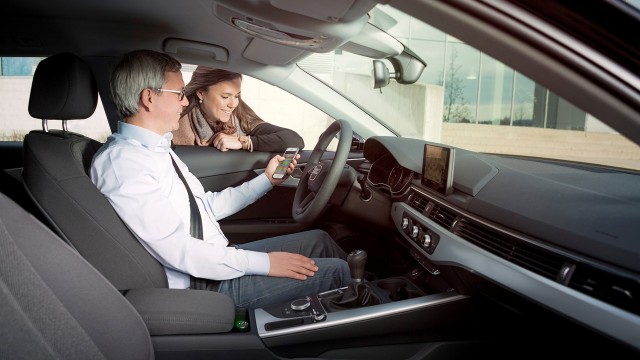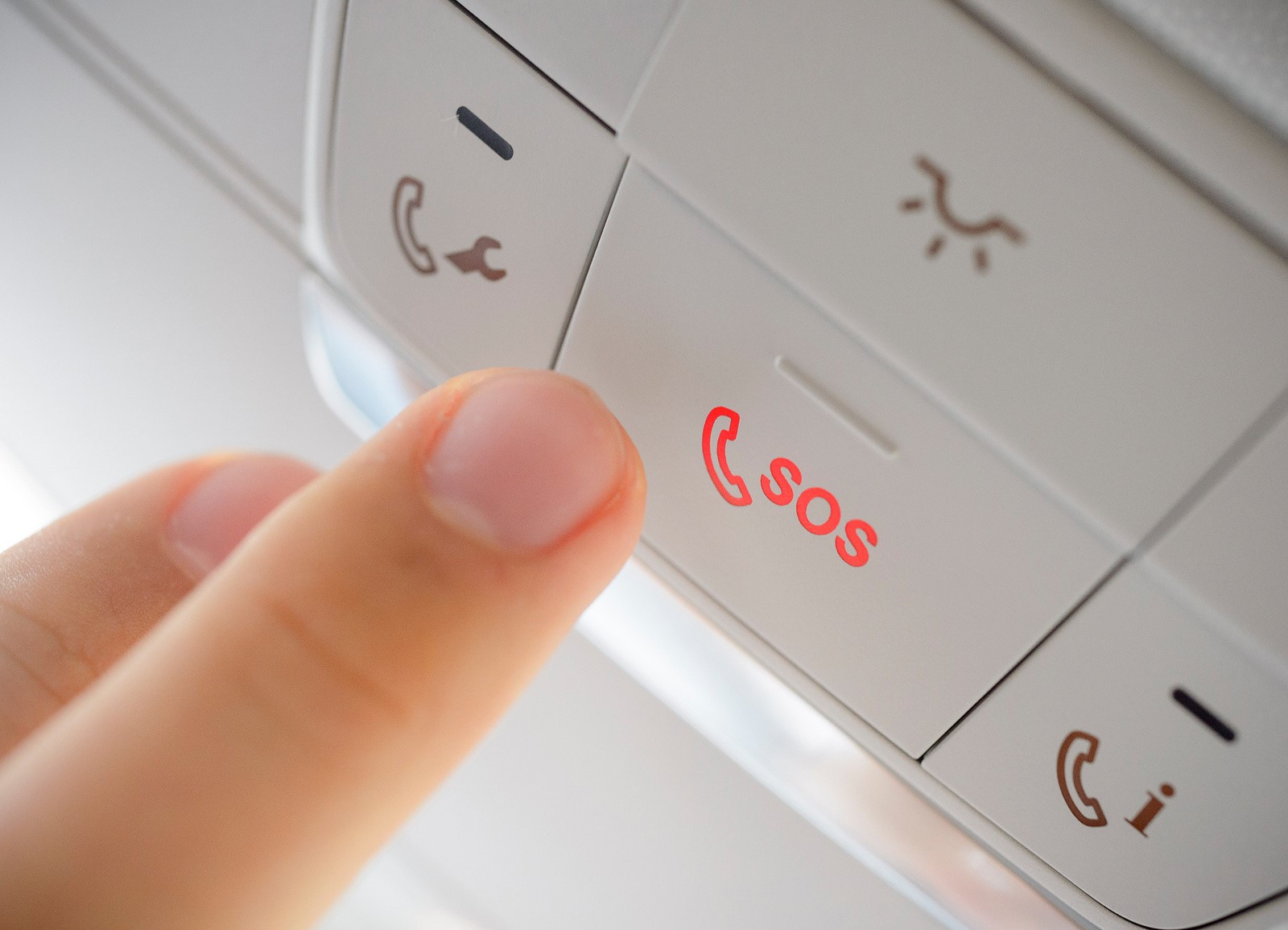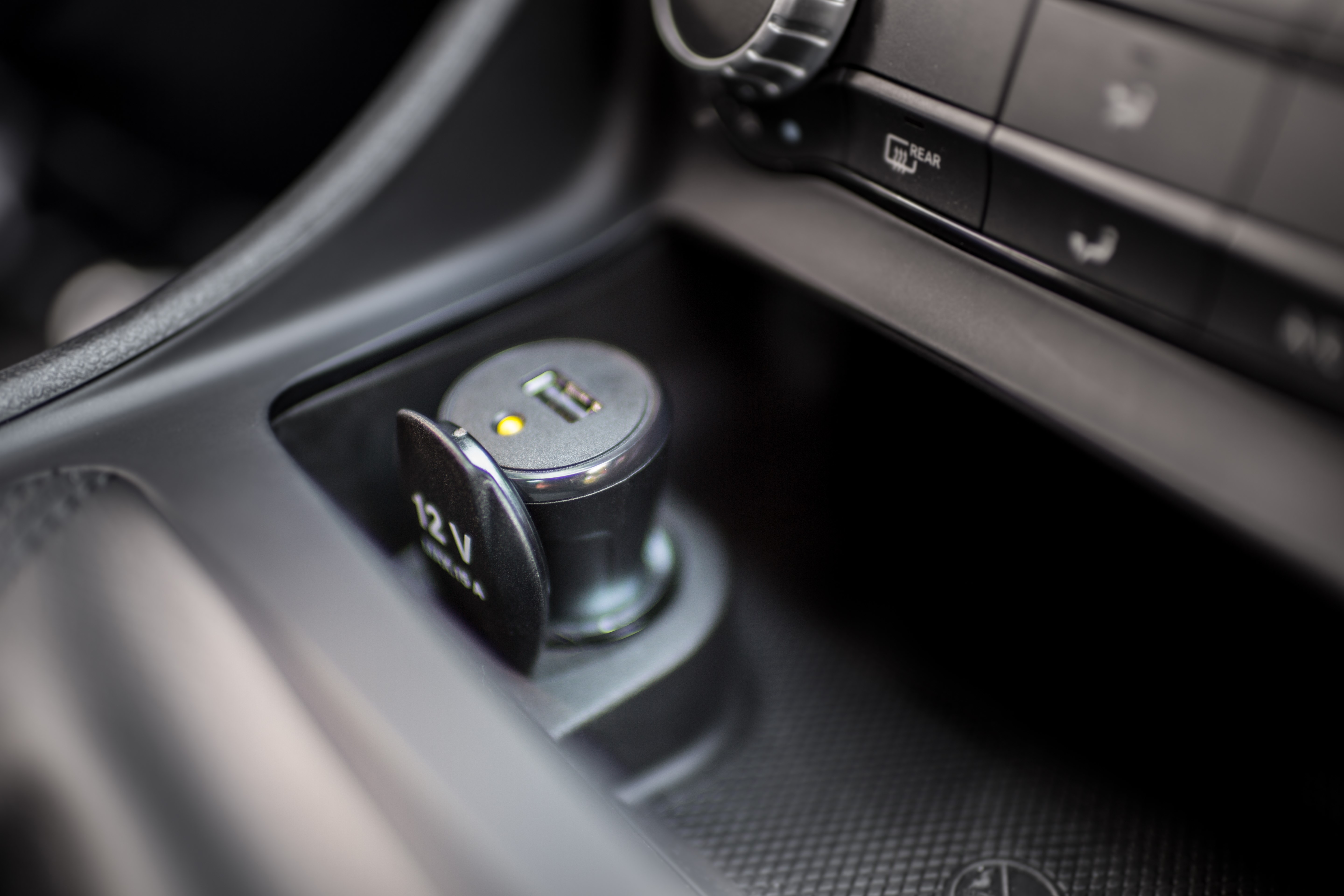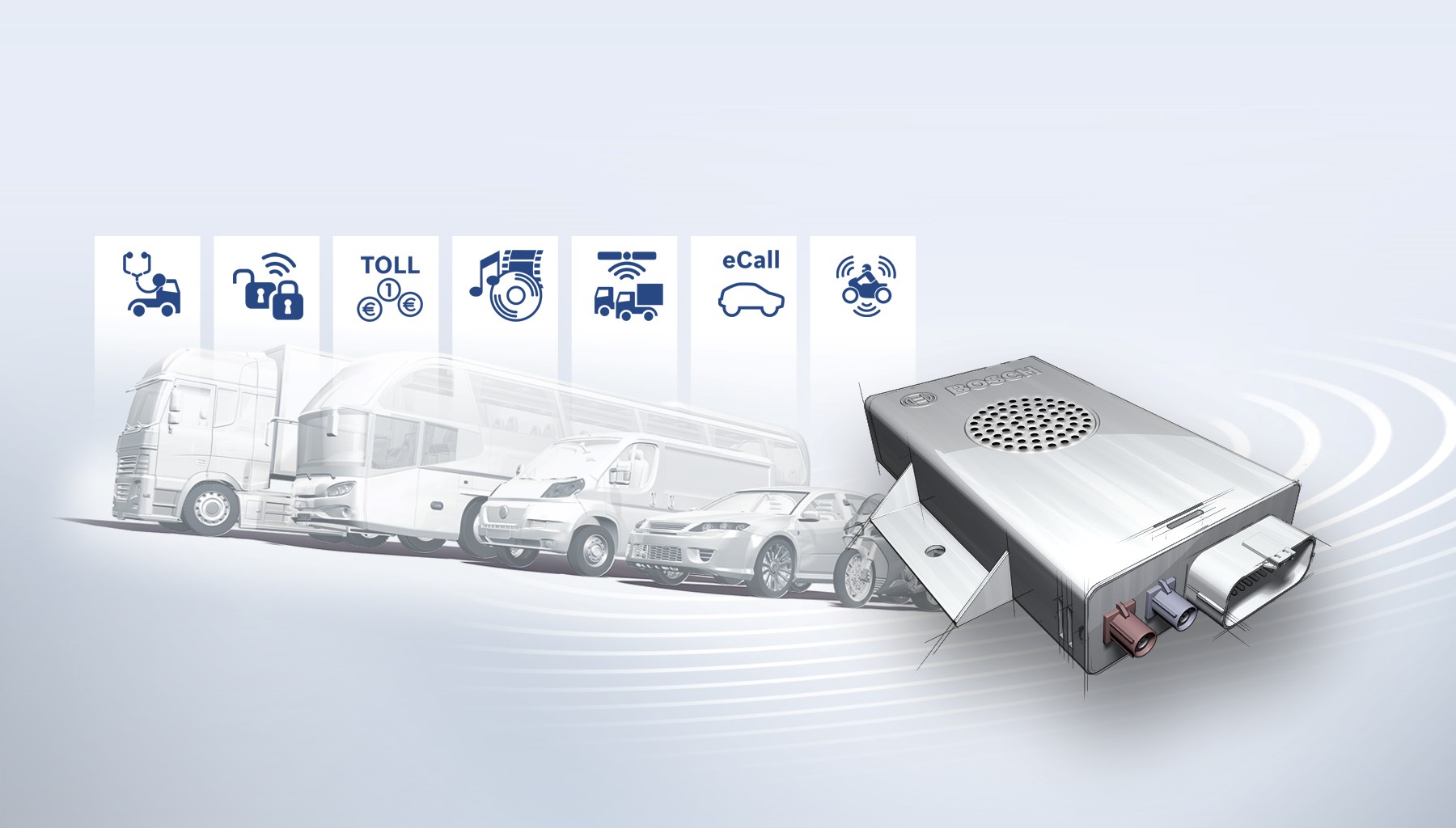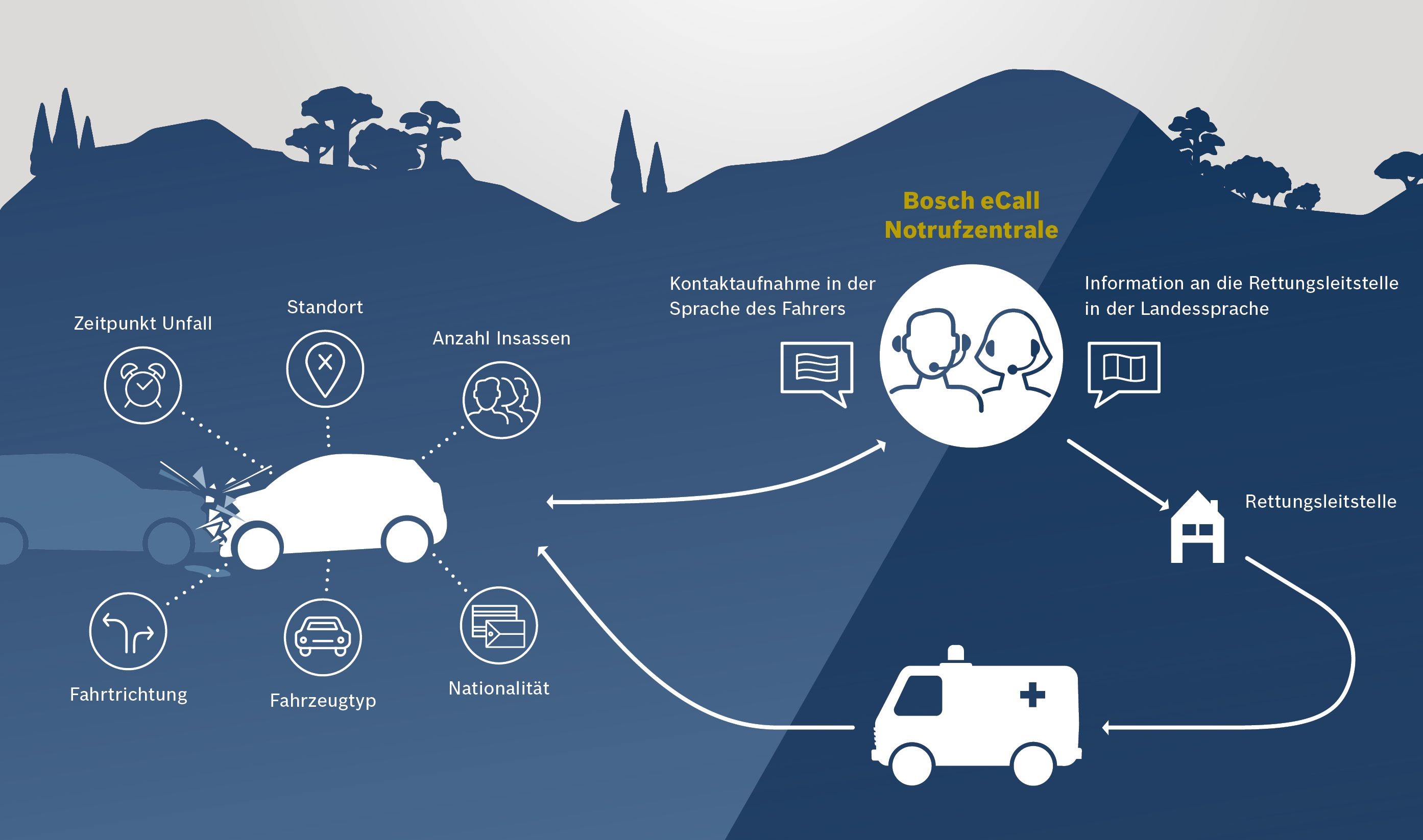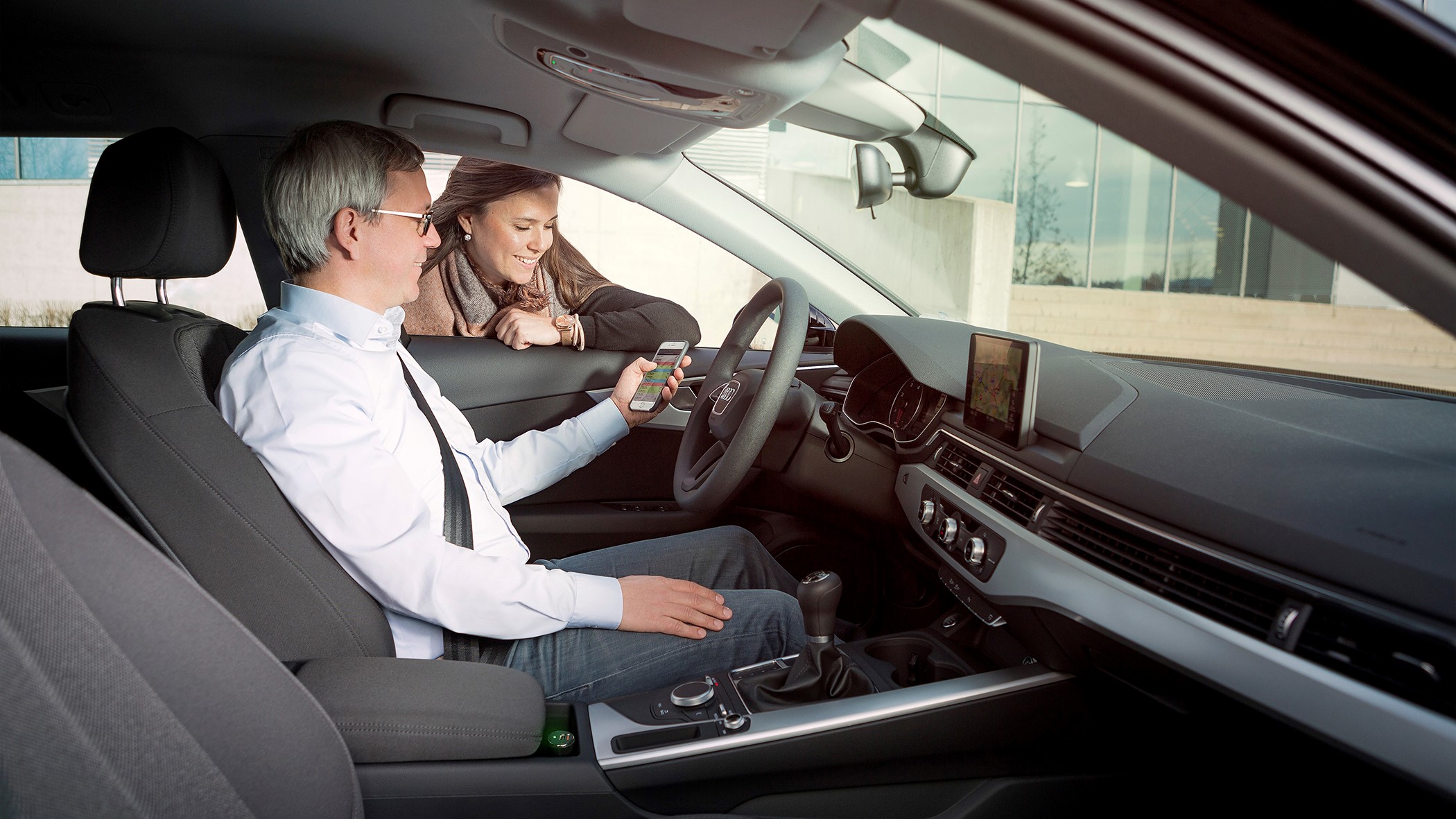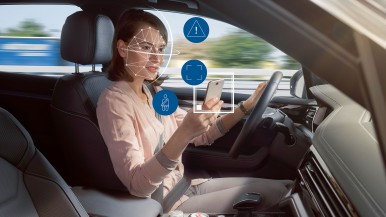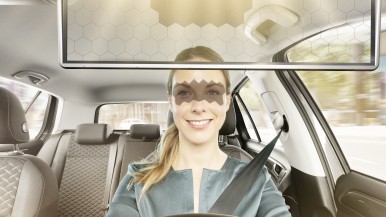Stuttgart, Germany – A milestone in road safety: on March 31, 2018, the automatic “emergency call” system – eCall, for short – will become mandatory in the European Union. This requirement means that a digital first responder who automatically calls for help in an accident will be riding along in the car, each and every time. “Connecting cars makes a great deal possible. Through the automatic eCall system, connected vehicles are now going to become lifesavers as well,” says Dr. Dirk Hoheisel, member of the board of management of Robert Bosch GmbH. All new passenger vehicle models that hit the EU market after March 31, 2018, will come with eCall as standard. These vehicles will feature a standardized eCall box that automatically alerts the local emergency services via the number 112, which is the same across Europe. As a result, lifesaving assistance will be able to arrive with greater speed and precision at the scene of an accident. The EU expects that eCall will save 2,500 lives each year and reduce the number of people who are seriously injured by 15 percent. The first automakers are already providing their customers with the digital lifesaver as part of the navigation system without being required to do so by law. Bosch offers an extensive eCall range featuring telematics solutions and services. Thanks to the telematics eCall plug, even older cars can benefit from the solution.
About Bosch
Bosch has been present in Belgium since 1907. The Bosch Group employs approximately 1,150 associates in Belgium. The main sites are located in Tienen, Anderlecht and Mechelen.
The Bosch Group is a leading global supplier of technology and services. It employs roughly 417,900 associates worldwide (as of December 31, 2024). According to the pre-liminary figures, the company generated sales of 90.5 billion euros in 2024. Its operations are divided into four business sectors: Mobility, Industrial Technology, Consumer Goods, and Energy and Building Technology. With its business activities, the company aims to use technology to help shape universal trends such as automation, electrification, digitalization, connectivity, and an orientation to sustainability. In this context, Bosch’s broad diversification across regions and industries strengthens its innovativeness and robustness. Bosch uses its proven expertise in sensor technology, software, and services to offer customers cross-domain solutions from a single source. It also applies its expertise in connectivity and artificial intelligence in order to develop and manufacture user-friendly, sustainable products. With technology that is “Invented for life,” Bosch wants to help improve quality of life and conserve natural resources. The Bosch Group comprises Robert Bosch GmbH and its roughly 470 subsidiary and regional companies in over 60 countries. Including sales and service partners, Bosch’s global manufacturing, engineering, and sales network covers nearly every country in the world. Bosch’s innovative strength is key to the company’s further development. At 136 locations across the globe, Bosch employs some 86,900 associates in research and development, of which roughly 48,000 are software engineers.
The company was set up in Stuttgart in 1886 by Robert Bosch (1861–1942) as “Workshop for Precision Mechanics and Electrical Engineering.” The special ownership structure of Robert Bosch GmbH guarantees the entrepreneurial freedom of the Bosch Group, making it possible for the company to plan over the long term and to undertake significant upfront investments in the safeguarding of its future. Ninety-four percent of the share capital of Robert Bosch GmbH is held by Robert Bosch Stiftung GmbH, a charitable foundation. The remaining shares are held by Robert Bosch GmbH and by a corporation owned by the Bosch family. The majority of voting rights are held by Robert Bosch Industrietreuhand KG, an industrial trust. It is entrusted with the task of safeguarding the company’s long-term existence and in particular its financial independence – in line with the mission handed down in the will of the company’s founder, Robert Bosch.
Additional information is available online at www.bosch-press.be, www.bosch.be, www.bosch.com, www.iot.bosch.com, www.twitter.com/BoschBelgium, www.linkedin.com/company/bosch-belgium/ and YouTube: Bosch Belgium

